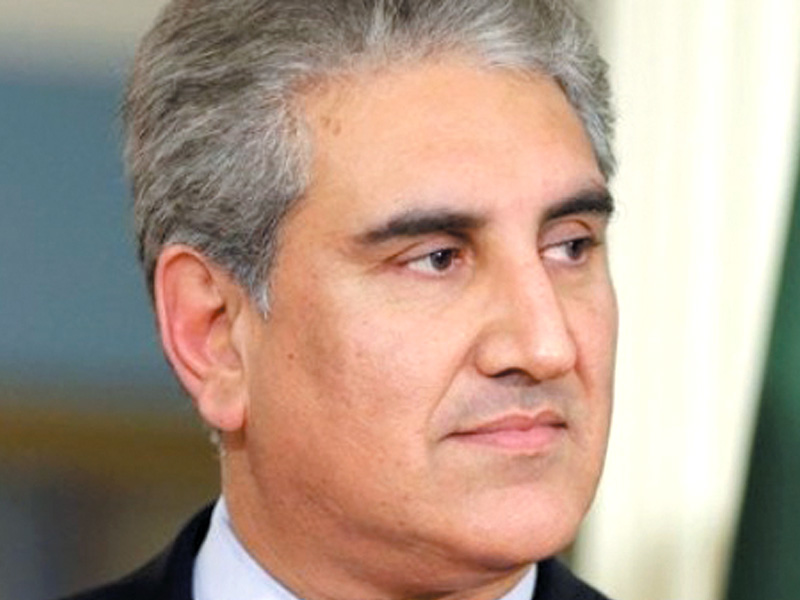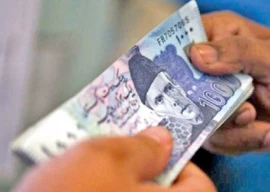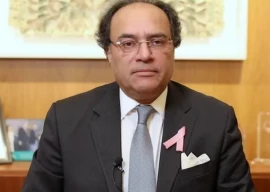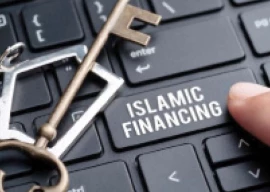
The influence of Pir and Syed families runs deep in Sindh. Not only do these families, especially the sajjada nashins (heirs/ caretakers) of the different gaddis, or seats, indirectly back particular political parties, but they also directly contest the elections as well.
Prominent dargahs include the Sarwari Jamaat led by the Makhdoom family of Hala, the Hur Jamaat led by Pir Pagaro, the Ghousia Jamaat led by Shah Mehmood Qureshi, Pir of Ranipur in Khairpur Mirs, and Bharchundi Sharif in the Ghotki district.
“I have closely been monitoring elections since the 1970s,” says Senior journalist Niaz Bhanbhro. “Every time, the families of Pir Pagara and the Pir of Ranipur oppose each other. The former fields candidates representing Pakistan Muslim League-Functional, while the latter is with Pakistan Peoples Party,” says Bhanbhro. “So far, the PPP has managed to win the provincial and national seats with a thumping majority.” In Sanghar district however, Pir Pagara’s Hur Jamaat is undefeated.
The Sarwari Jamaat also has influence. Its main darghah is located in district Matiari, from which former MNA and federal minister Makhdoom Amin Fahim, and his son Makhdoom Jamilul Zaman, won the national and provincial assembly seats on PPP tickets.
The Pirs of Bharchundi Sharif have always supported the PPP. Mian Abdul Haq, also known as Mian Mitho, won the National Assembly seat twice between 1988 and 2008. However, the PPP denied him an MNA ticket this time around.
In some cases, the power of the Pir stretches beyond their own constituency.
“Not only do we get votes in our own constituency, but we also direct our followers in other districts to vote for the PPP,” says Pir Syed Ghulam Shah Gilani, the sajjada nashin of his dargah in Dadu district.
Sindhi columnist Arbab Naik Muhammad says Zulfiqar Ali Bhutto gave a tough time to Pir and Syed families. “During Bhutto’s time, people started shifting their loyalties. They chanted slogans like na pir jo na mir jo, vote aa zameer jo (we will not vote for pirs or mirs,but according to our conscience),” he says.
But soon after Bhutto’s death, these families once again revived their influence.
“Some Pirs are religious and spiritual leaders, which is why they have followers. Some are big landlords who influence people because of their might and wealth,” says Naik.
Some, such as the heirs of of Shah Abdul Latif Bhittai, Sachal Sarmast and Qalandar Lal Shahbaz refuse to play politics at all.
“Our job is to spread the message of our saints, which is tolerance, love, peace and harmony. Although the majority of Sindhis are followers of Shah Latif, we have never asked them for votes, because we do not believe in these dirty politics,” says Syed Nisar Hussain Shah, the sajjada nasheen of the Shah Latif shrine.
The Ghousia Jamaat, led by Shah Mehmood Qureshi, the vice-chairman of Pakistan Tehreek-i-Insaaf, also has a large number of supporters in upper and lower Sindh. For the first time, this Jamaat has started organizing their khalifas (caliphs) in Sindh.
Zulfiqar Sameejo, former UC Nazim in Tharparkar, is affiliated with the PML-Q, but is a devotee of Hazaat Ghous Bahauddin Zakariya of Multan, with the present murshid being Shah Mehmood Qureshi.
“We are workers of the PML-Q but our murshid is more important than our party,” he says.
Published in The Express Tribune, April 5th, 2013.
Correction: In an earlier version of this story, Sindh was once misspelled. The error has been fixed.
COMMENTS (18)
Comments are moderated and generally will be posted if they are on-topic and not abusive.
For more information, please see our Comments FAQ


































1714129906-0/Clint-Eastwood-(1)1714129906-0-270x192.webp)






You do land reforms, we will do your house reforms! and industrial reforms; and while we are at it change our country into a communist one as-well.
Like any other society, Sindhi society has some serious problems such as feudalism and Pir-ism. But again Sindhi society is far more tolerant, peaceful and progressive. After poor performance by PPP govt, the feudal have completely been exposed. MQM gained some grounds in Sindhi community in early 2000, thanks to cooperation with progressive Sindhi nationalists but their efforts to impose anti people SPLG system and stopping Sindhi students to study in Karachi sent wrong message. Note that Urdu and Sindhi people have to live side by side and their betterment lies on not making mockery of each other but help each other to make bridges, and strong ties. United we stand for Sindh and progressive Pakistan.
@Khan: you cant call some one ignorant unless you know things very well and be in our shoes. I am also a minority from sindh. its a fact that majority of pakistans 3% minority lives in sindh and there is very good reason as some one explained above.
As long as feudalism remains, no matter how many times Pakistanis go to the polls, there will never be true democracy. Land reform requires the end of feudalism and for that we need good governance. Only with good governance can sustainable development ever take place in Pakistan.
@Sindhi Pakistani:
That's because of ignorance may be .. I'm from KPK and we do not differentiate on religious belief .. We have Sikh living even in Tribal areas from centuries .. although in some bordering areas which were under the influence of anti state criminals, they had hard time unfortunately but in all other cities e.g. Peshawar etc they're as safe as any one else regardless of their belief.
@Murree: Right, and PTI is the only party with someone from this background? At least Shah Mehmood is a Cambridge educated lawyer without anyone questions of financial corruption. Compare that with what Nawaz and Zardari bring to the table.
these Pirs are more powerful than the parties that is why the leaders of political parties follow them giving party tickets
Syed Nisar Hussain Shah, the sajjada nasheen of Shah Latif shrine is a LAND GRABBER of the highest order. What a hypocrite.
What I noticed is that the women are the more superstitious and most respectful to these Pirs. They brain wash their children to be respectful of these peers. This is the way this system gets perpetuated and gets hold of the common people.
there are only 2 words in the dictionary of a feudal lord ( in India and Pak ) - honour and revenge.
Similar to franchises offered by Kentucky fried chicken or McDonald's; the all mighty himself has offered different franchises under different brand names to our Pirs and Gaddi nashines. MacDonald sells burgers, Kantucky sells fried chicken to their clients, while the Pir's sells the service of establishing personalized connection with the all mighty through his own person as medium. The Pir's must employ techniques of advance marketing, turn themselves in to corporations, become globally connected and establish their brand names in the lucrative markets like the US and Europe with far too many rich potential clients.
People should vote for sincere candidates or be prepared to keep on suffering
Feudalism in its full glory. Will take another 1000 years for pakistan to catch up with modern world
3 pics. of 3 different politicians.of 3 different political parties. only 1 being shown on the main page...
tell u what, u can show all of the three in one pic, like u did with ibrar-ul-haq, atiqa odho & salman
I don't mind this culture as a Sindhi because these people have taken care of Sufism. Sufism has in turn kept extremism away from Sindh (Karachi is sadly forgetting our culture and accepting extremism).
I belong to a religious minority and if I was living anywhere else in Pakistan, I would have been afraid. In Sindh I feel safe and secure, although things can always be better.
"For the first time, this Jamaat has started organizing their khalifas (caliphs) in SINGH". Spelling mistake, hire me I will do good job lol.